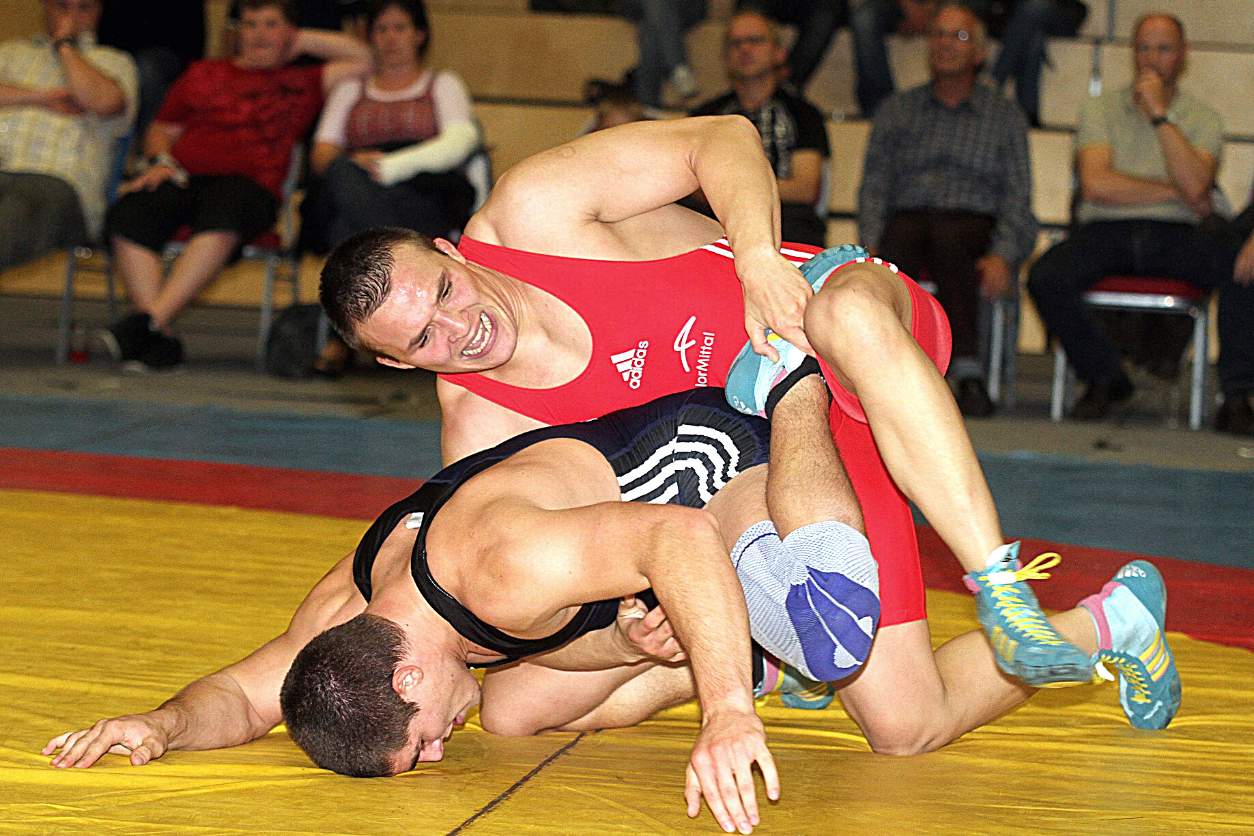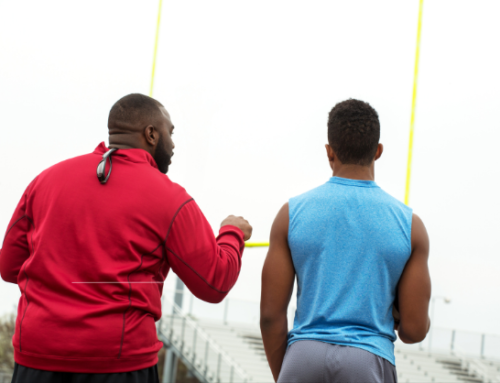Hint: Be ready to make the first move
We’ve all seen how the college recruiting process works for larger sports such as football and basketball. For wrestling, however, the recruiting process is a different story. That’s due to the fact that there are comparatively fewer wrestling scholarships available and, as an equivalency sport, the majority of wrestling scholarships are partial rather than full-rides. And to help you get recruited, keep these things in mind:
Know Where You Fit
A big factor in how you’re recruited and by whom is weight class. While wrestling scholarships are limited, to begin with, the 14 weight classes in high school are reduced to 10 at the collegiate level. Once you’re certified at a given weight level, you can’t compete at a weight below that level and you can only wrestle up one level. And that means college coaches will have to project the weight class based on your past growth and potential to grow more.
As most athletes will continue growing into their freshman and sophomore years of college, coaches usually project weight class upwards. For example, if you grew to wrestle at 120 in your senior year of high school, a coach might see you at 125 or even 133 in college. It’s also not unusual for college coaches to redshirt a freshman wrestler to allow that athlete to grow into their college weight. Remember, as a redshirt, you don’t lose any eligibility, but you gain a year to adjust to college, grow into your weight class, and gain practice experience.
So, once you have an idea of the weight where you might wrestle in college, look at the rosters of the schools you’re interested in and see if there’s an opportunity for you. While a college wrestling team may average 29 athletes, coaches don’t always recruit three wrestlers per weight class. Look for programs that have fewer wrestlers at your projected weight class or those that will soon have openings from graduated seniors. Knowing where you fit can help you find more opportunities to be recruited.
Know What Coaches Are Looking For
With an idea of your projected college weight class, think about what you have to offer a college coach. In general, most coaches look for high school wrestlers with technical skills and the potential to build on that foundation. However, measuring the potential of a high school wrestler can be dicey, so many coaches also look for improvement over time and progressively better results. It’s those progressively higher rankings that show coaches you have the potential to keep improving in college.
Build A Target List
As mentioned above, building a list of schools where you might find the best fit is important. While identifying teams that may have openings should be part of that list, you should also assess your own skills and your interests and consider where you might fit best athletically and academically. Since wrestling is a smaller sport, the top wrestlers in the country are usually the ones who get Division I scholarships. So even if you didn’t win championships left and right, you can still find a good fit in DII, DII, the NAIA, or at a junior college. Remember to consider the area you want to study and make sure each school on your list also offers that major.
Make The Grade
As an equivalency sport, college wrestling teams have more athletes than scholarships. That means full-ride scholarships are rare and partial scholarships are far more common. However, many coaches are able to package an academic scholarship with a partial scholarship to help cover more college costs. (This is especially true in Division III schools, which don’t offer athletic scholarships, but do have more schools with wrestling teams than any other division.) The point here is to make sure you meet the academic requirements for the schools on your list, keep your GPA as high as possible, and, if it’s not up to par, start working to raise it sooner rather than later. Remember too that good grades in high school show coaches that you can handle the academic load in college, which makes you less of a risk and a more attractive recruit.
Create An Online Profile and Highlight Video
If you haven’t done so already, create an online profile page and highlight video. The profile should swerve as an online overview of you, your physical dimensions, and athletic experience and accomplishments. The highlight video should run between five and 10 minutes and show three or four complete matches that demonstrate your skills in the top, neutral and bottom positions.
With your profile and highlight video at the ready, send personalized emails to the coaches at all the schools on your list, introduce yourself and share why you want to attend that school and what you can offer the program, and include links to the profile and video. Remember to update both your profile and your highlight video often. Your profile and video may not generate an immediate scholarship offer, but it may catch a coach’s eye and that’s what can get you recruited to wrestle in college!
Did you enjoy the article ‘How To Get Recruited By College Wrestling Coaches’? If so, check out 5 Things To Know About Wrestling Recruiting or more of our articles HERE.






